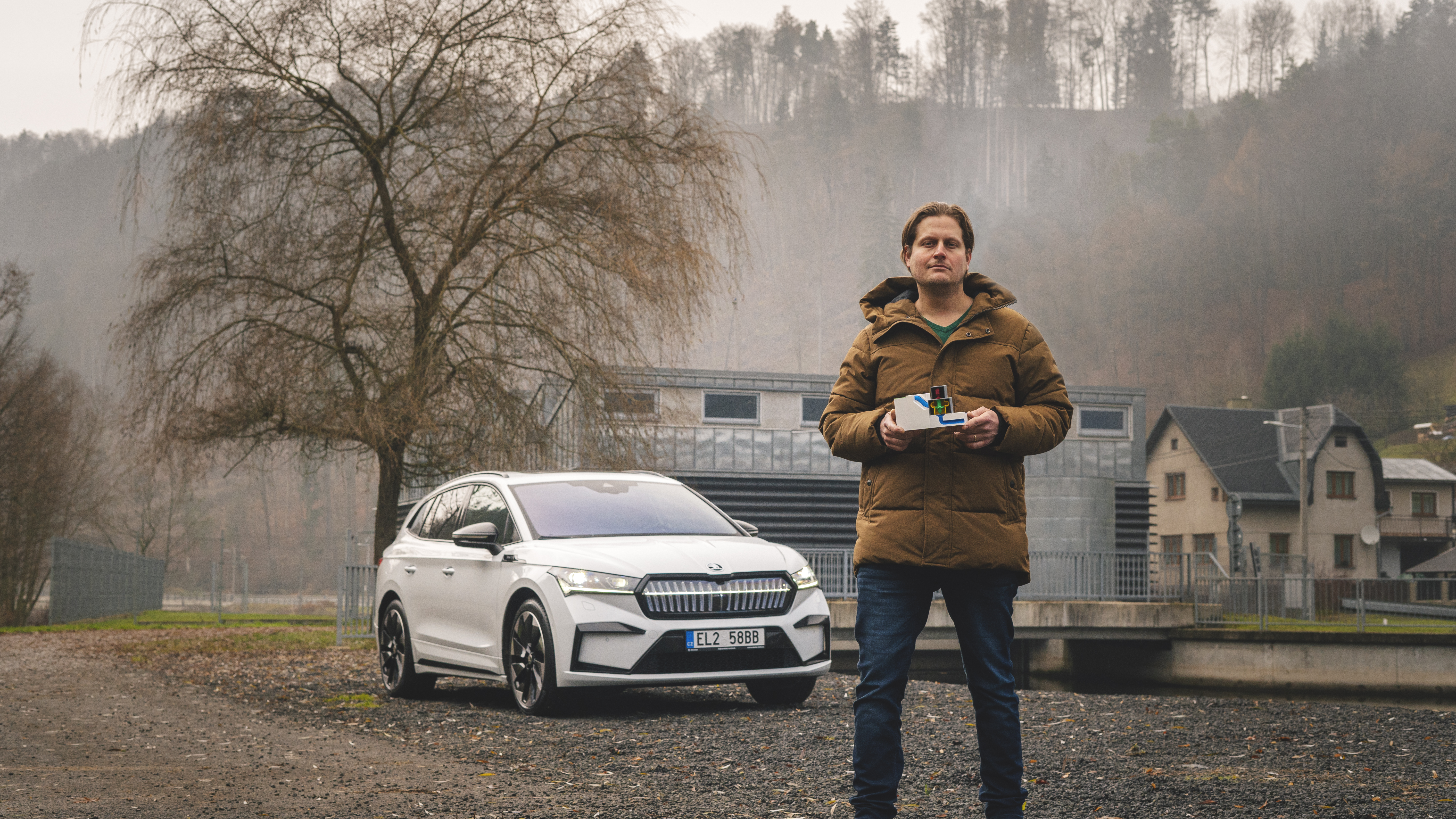Sun
According to Pavlík, photovoltaic power plants currently have the biggest future of all renewables. The advantage is that almost anyone can put a solar panel on the roof of their house, while at the same time solar farms can be built from the same panels. These can spring up on various brownfield sites, factory roofs or even car park roofs. “Solar has long been the fastest growing renewable energy source in Europe,” says Petr Pavlík. Another factor making photovoltaics so advantageous is the simple principle behind it requiring minimal maintenance: the sun’s rays landing on the panel directly generates electricity. “Of course, the panel only works when the sun is shining, so it’s necessary to store the energy, whether in batteries, by heating water or producing hydrogen,” Pavlík says, touching on another dimension of the renewables issue.
 Photovoltaics have the biggest future in terms of private use.
Photovoltaics have the biggest future in terms of private use.
These are not the only renewable energy sources, of course. But tidal and wave power plants or geothermal sources are geographically limited. Marginal sources that can be useful on a small scale include wind micro-turbines the size of a grain of rice, or electricity generated by thermoelectric generators working on the principle of temperature differences. There has been a lot of talk recently about nuclear fusion, which, if it can ever be mastered, will represent a fundamental breakthrough in the power industry. “So far, successes in this area have been very small-scale, and although there is talk of major progress from time to time, the road ahead is still long,” says Pavlik.











































